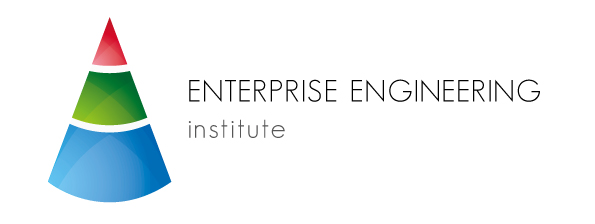Real-Life Applications of DEMO
A number of real-life applications of the DEMO methodology are presented, varying in size and impact, and in the industrial area that they concern. The selected applications are: (1) The VISI Standard in Civil Engineering, (2) Getting firm grip on software development, (3) Agile Law Making, (4) Enterprise Transformation, (5) Designing Data Warehouses, (6) Enterprise Ontology based Process Simulation, (7) Designing Digital Document Archives, and (8) Air France KLM Cargo—post merger decision making. All applications are reported in the STARR framework.
Introduction
In the following sections, seven appealing real-life applications of DEMO are
presented and discussed. They are selected from a much larger collection of interesting
practical studies. The ones that could not be included in this chapter are
published on a freely accessible website (being announced on www.ee-institute.org).
The following DEMO-applications are discussed in this chapter (their respective
authors appearing in brackets):
Section 19.2 The VISI Standard in Civil Engineering
(Hans Mulder, Niek Pluijmert)
Section 19.3 Getting firm grip on software development (Joost Vermolen)
Section 19.4 Agile Law Making (Mariette Lokin)
Section 19.5 Enterprise Transformation (Eduard Babkin)
Section 19.6 Designing Data Warehouses (Peter Kuipers, Henri Oostindie, Peter
Kurstjens)
Section 19.7 Enterprise Ontology based Process Simulation (Sergio Guerreiro)
Section 19.8 Designing Digital Document Archives (Rob Stapper, Peter Hoving)
Section 19.9 Air France KLM Cargo—post merger decision making (Martin Op
’t Land)
All applications are reported in the STARR framework (Situation, Task,
Approach, Results, Reflection):
The Situation in which the case is positioned. It includes, but is not limited to, the
context of the case organisation (e.g. market, competition), the characteristics of the
case organisation (facts and figures), its challenges and opportunities, important
stakeholders, the reason why the project was initiated, a history of earlier
attempts, etc.
The Task that has been conducted. It includes, but is not limited to, the goals and
objectives of the project, its budget and timelines, special requirements, the roles of
the various stakeholders, etc.
The Approach taken to conduct the task. It includes, but is not limited to, the
method used, the various steps in this method, the paradigm or underlying philosophy
of the approach/method, the products and deliverables, the way in which the
project was planned and managed, the risk management approach and the tools
used, etc.
The Results of the project. It includes, but is not limited to, the actual benefits for
the case organisation and the stakeholders, a cost/benefit analysis, the extent to
which the case organisation was actually transformed, etc.
A Reflection on the case. It includes, but is not limited to, a discussion about the
faced challenges, the way in which the existing methods, frameworks, etc., aided in
dealing with these challenges, omissions and limitations found, thoughts on how to
‘fix’ such omissions and limitations, etc.
Right after the section heading, the name and email address of the contributor
(s) is/are mentioned, so that one can directly make contact if one desires to do so.
Note that always the DEMO-4 terminology is used, also if earlier
versions of DEMO are actually applied. All references to publications are put
together at the end of the chapter.
